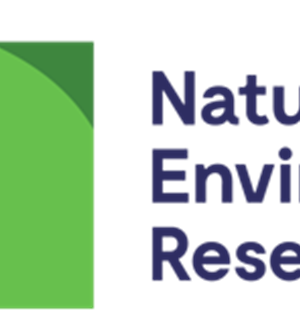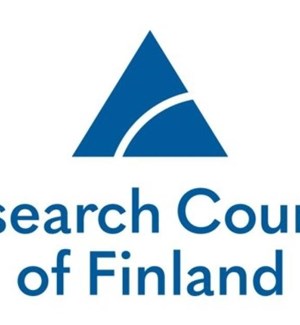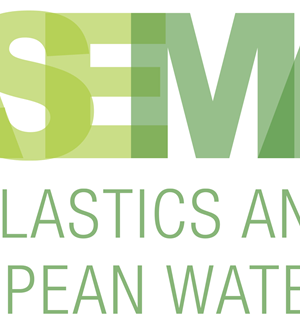- Fraunhofer-Center für Silizium-Photovoltaik (CSP) - Germany,
- Fritz-Haber-Institut der Max-Planck-Gesellschaft (FHI) - Germany,
- Kreuzinger + Manhart Turbulenz GmbH - Germany,
- SmartMembranes GmbH - Germany,
- Technical University of Berlin - Germany,
- Technische Universität Chemnitz - Germany,
- Technische Universität Kaiserslautern - Germany,
- Technical University of Munich (TUM) - Germany,
- Umwelt-Geräte-Technik GmbH - Germany,
- Umweltbundesamt (UBA) - Germany
Precise Detection of Microplastics in Water: It has been observed for over 40 years now that plastics accumulate in the environment. But how do these plastics, and in particular their tiny decomposition products – microplastics – enter water bodies and wastewater? Reliable data on sources, pathways and effects on humans and the environment are still missing. The joint research project RUSEKU seeks to develop representative test methods that can accurately and quickly determine the microplastic content over various parts of the water cycle. The focus is on sampling methods in urban wastewater systems and watercourses.
Want to analyze based on this project via our analysis tool? Analyze this project
Knowledge Gaps
Environmental fate and behavior of plastic
Environmental exposure
Monitoring exposure methods
Degradation
Tools to limit release





